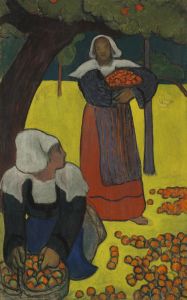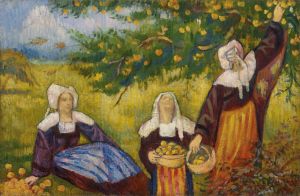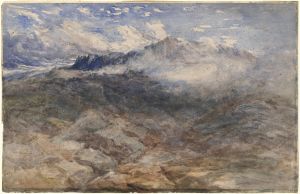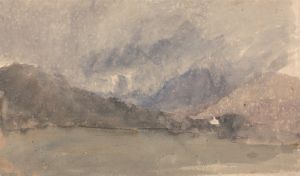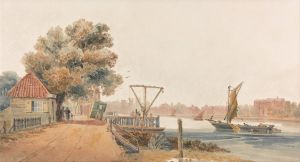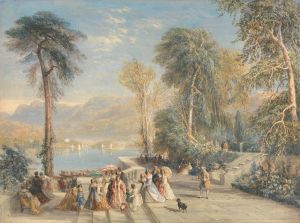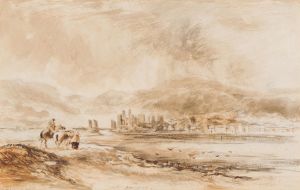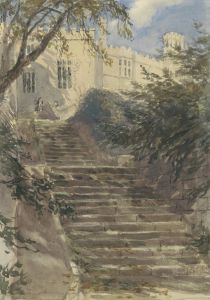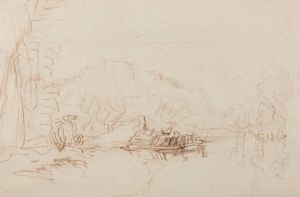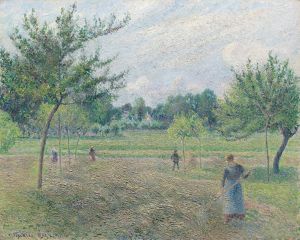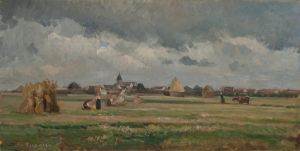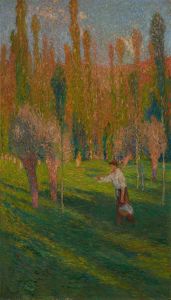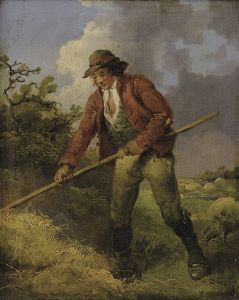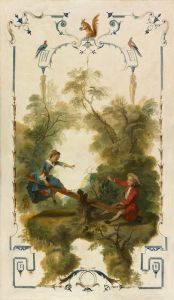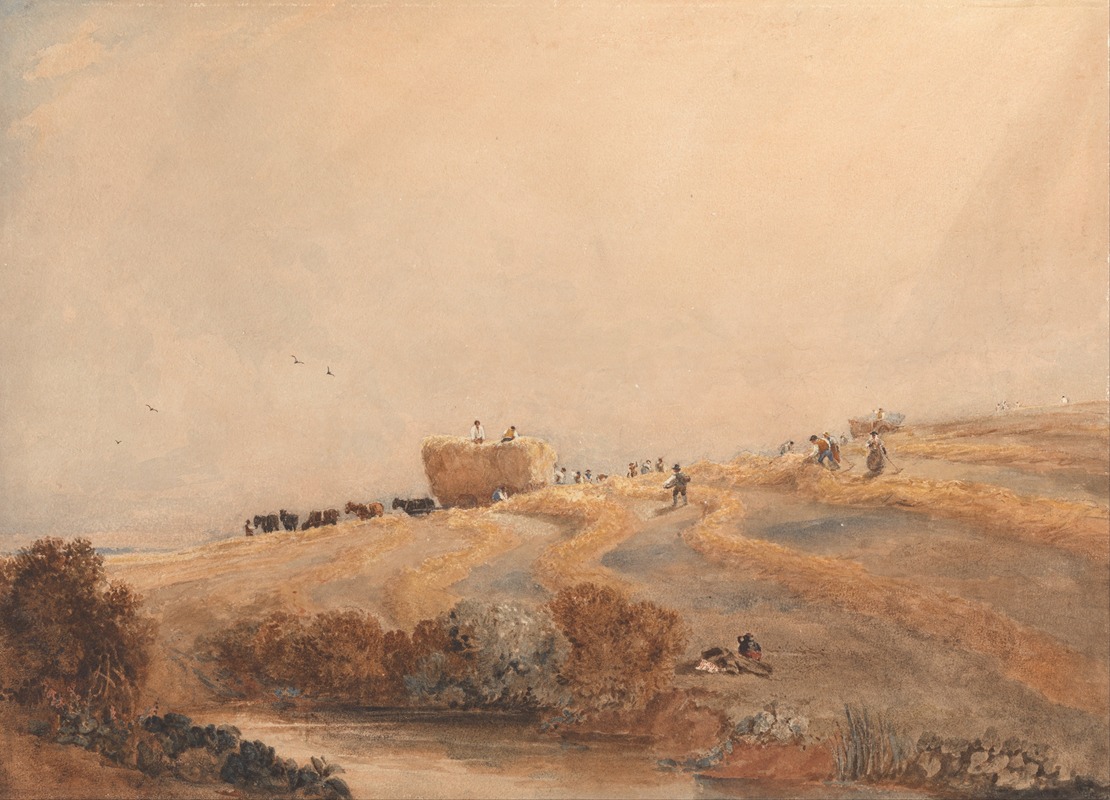
Haymaking
A hand-painted replica of David Cox’s masterpiece Haymaking, meticulously crafted by professional artists to capture the true essence of the original. Each piece is created with museum-quality canvas and rare mineral pigments, carefully painted by experienced artists with delicate brushstrokes and rich, layered colors to perfectly recreate the texture of the original artwork. Unlike machine-printed reproductions, this hand-painted version brings the painting to life, infused with the artist’s emotions and skill in every stroke. Whether for personal collection or home decoration, it instantly elevates the artistic atmosphere of any space.
David Cox's painting "Haymaking" is an exemplary work of art from the 19th century, showcasing the artist's adept skill in capturing the essence of rural life and the natural landscape. David Cox, born in 1783 in Birmingham, England, was a prominent figure in the English landscape painting tradition. He is often associated with the Birmingham School and is considered one of the leading figures in the development of English watercolor painting.
"Haymaking" is a testament to Cox's ability to portray the pastoral scenes of the English countryside with both realism and a sense of romanticism. The painting depicts the rural activity of haymaking, a common agricultural practice that involves cutting grass and drying it to make hay, which is used as fodder for livestock. This subject matter was a popular theme during the 19th century, as it resonated with the growing interest in rural life and the changing landscape brought about by the Industrial Revolution.
Cox's technique in "Haymaking" is characterized by his use of loose brushwork and a subtle palette, which effectively conveys the atmosphere and light of the scene. His approach to watercolor painting was innovative for his time, as he often employed a wet-on-wet technique that allowed for a more fluid and expressive rendering of the landscape. This method enabled him to capture the transient effects of light and weather, which are evident in the soft, diffused light that bathes the scene in "Haymaking."
The composition of "Haymaking" is carefully balanced, with the figures of the laborers engaged in their work harmoniously integrated into the landscape. Cox's attention to detail is evident in the depiction of the haystacks, the tools used by the workers, and the surrounding flora. The painting not only illustrates the physical labor involved in haymaking but also evokes a sense of tranquility and connection to nature.
David Cox's work, including "Haymaking," played a significant role in the evolution of landscape painting in England. His ability to capture the beauty and simplicity of rural life, combined with his technical innovations in watercolor, earned him a lasting reputation as one of the foremost landscape painters of his time. Cox's influence extended beyond his own work, as he was also a respected teacher and mentor to other artists, contributing to the development of the next generation of landscape painters.
"Haymaking" remains an important piece within Cox's oeuvre, reflecting both the artist's personal style and the broader artistic trends of the 19th century. The painting is appreciated not only for its aesthetic qualities but also for its historical significance, offering a glimpse into the rural life of the period and the artistic movements that sought to capture it. Today, David Cox's works, including "Haymaking," are held in high regard and can be found in various public and private collections, continuing to inspire and captivate audiences with their timeless beauty and craftsmanship.





